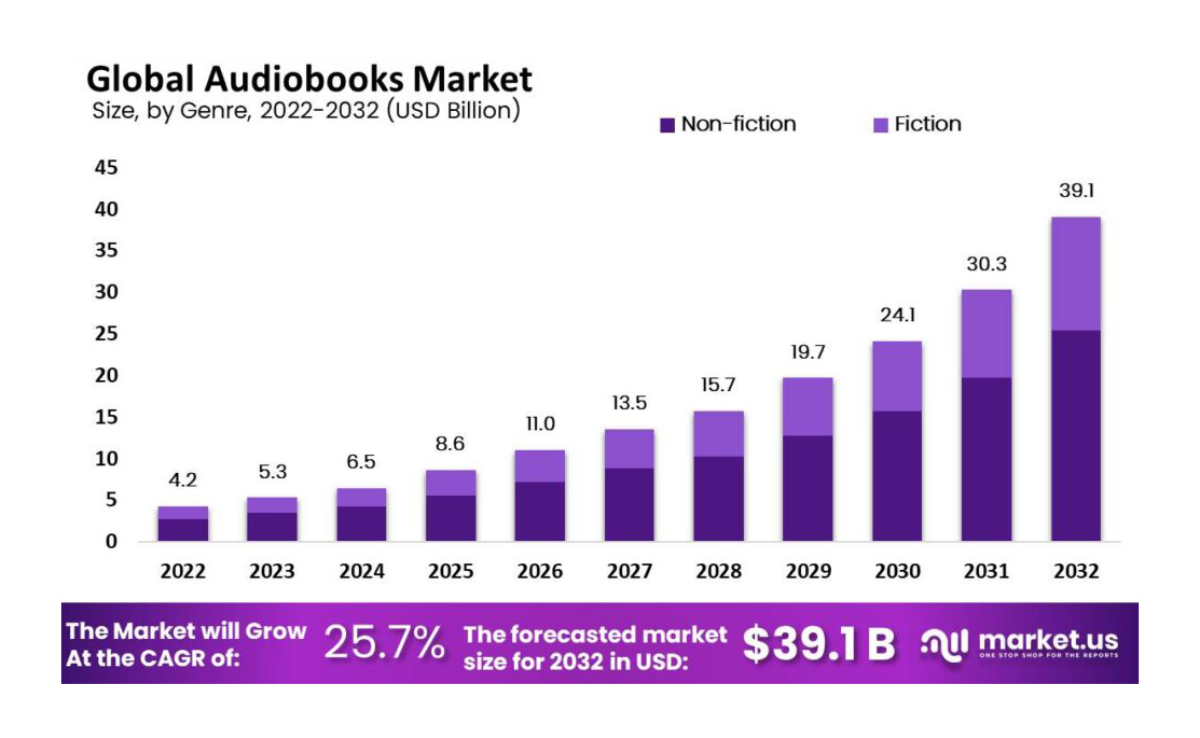
The infographic explains how four brain areas involved in reading work, as well as critical skills that help develop and connect them.
Reading books helps the brain remain elastic and active, decrease mental decline, improve memory, and better grasp abstract concepts.
However, before we make full use of books, we have to develop reading skills. Opposite to speaking, our brains are not naturally set up to learn to read.
There are four different brain areas that are used for reading, and you can learn about them in a new infographic created by EAB, a company that cooperates with schools, colleges, and universities to address challenges in education and accelerate progress.
Scientists have found that we must develop certain parts of our brains and build connections between areas that were not connected before.
Keeping visual cortex, angular gyrus, auditory cortex, and inferior frontal gyrus active is one thing, but to become a better reader we have to teach the brain to decode.
The second part of the infographic describes four decoding skills that will help brain areas responsible for reading cooperate better:
- phonological awareness
- phonics and word recognition
- print concepts
- fluency
Click or tap the infographic to see it in full resolution.

Via EAB Blog.
Interested in infographics about books, libraries, and reading? Keep exploring!
[ef-archive number=5 tag=”infographics”]








Leave a Reply